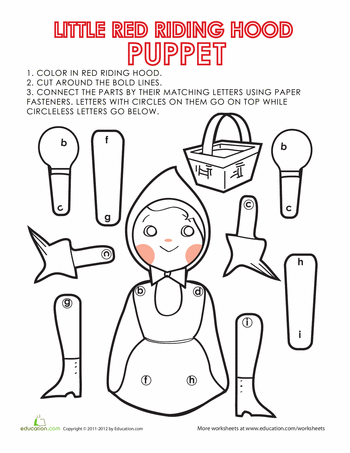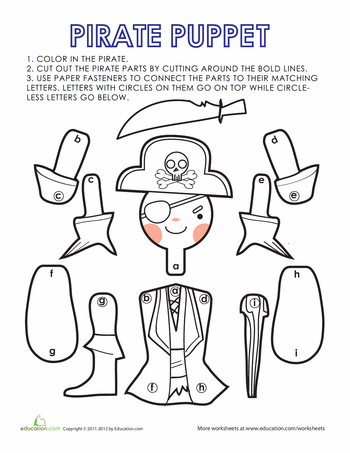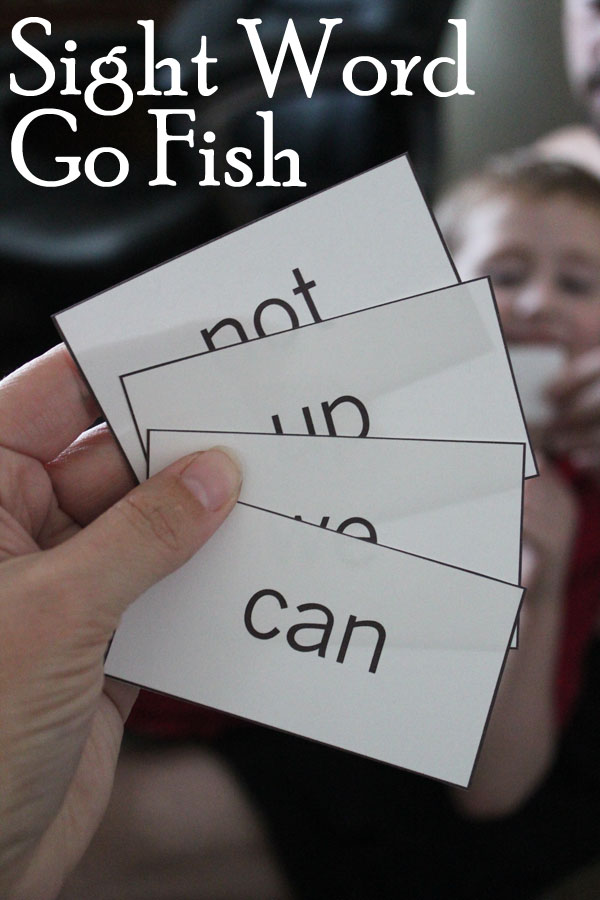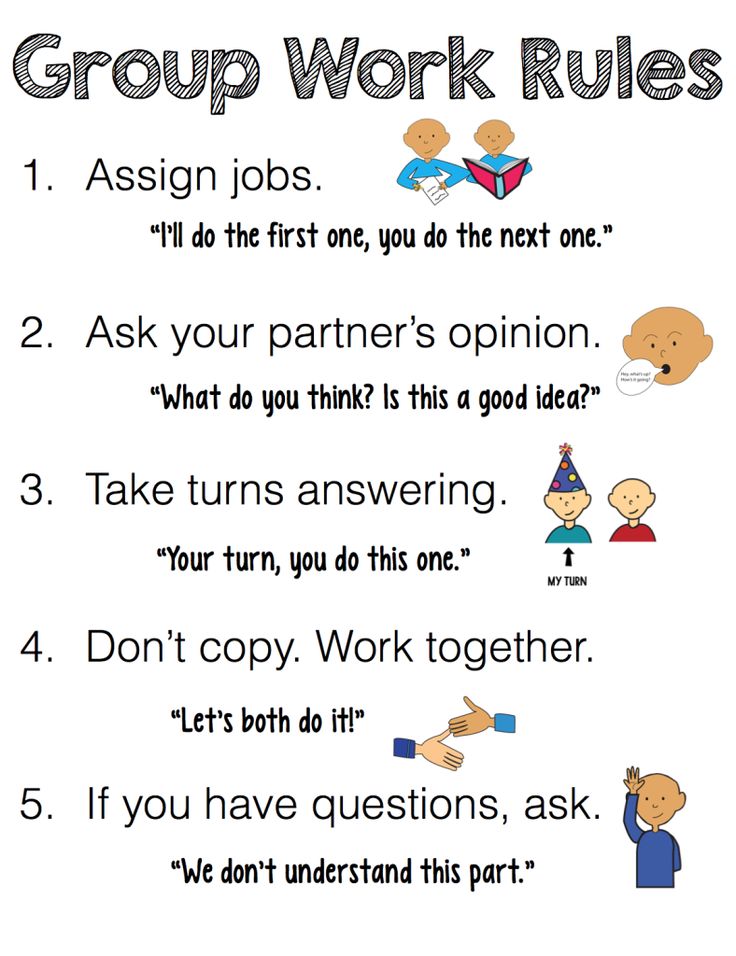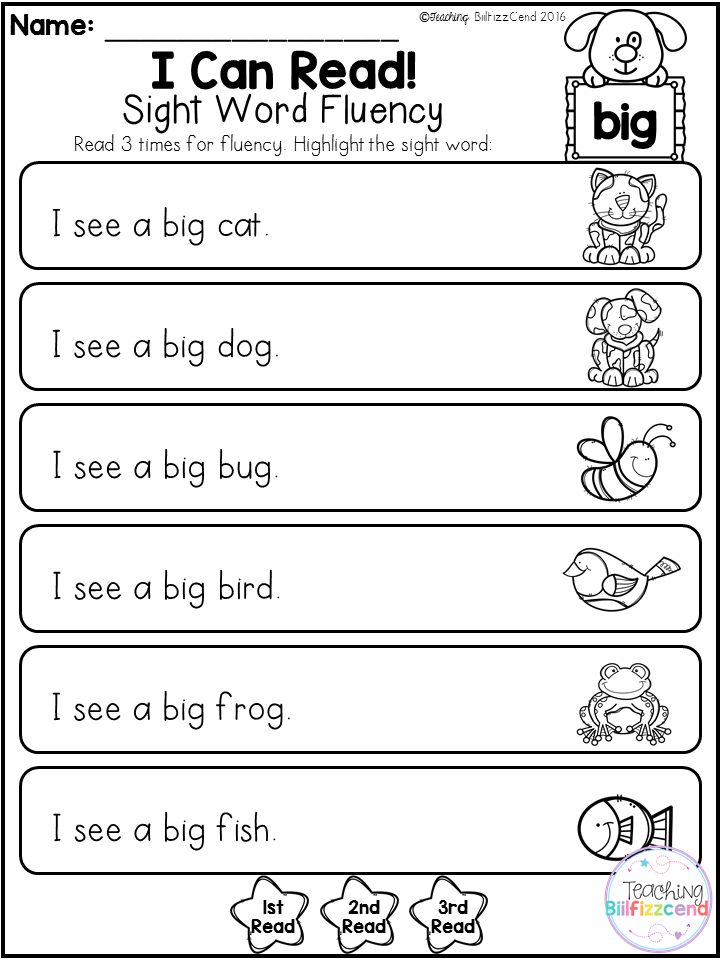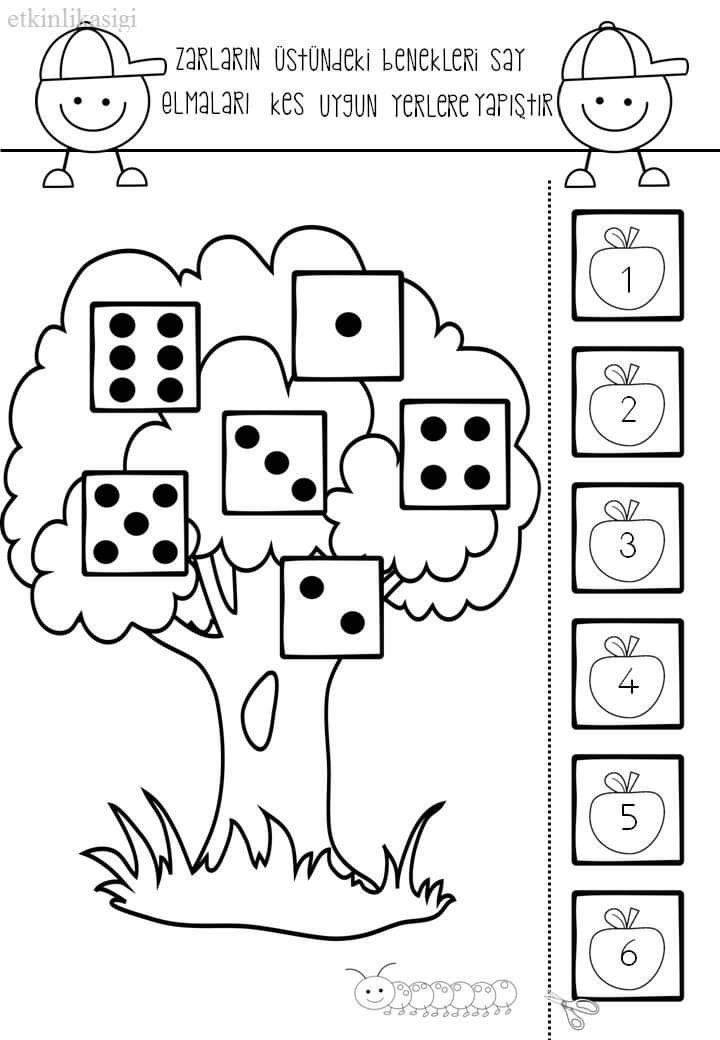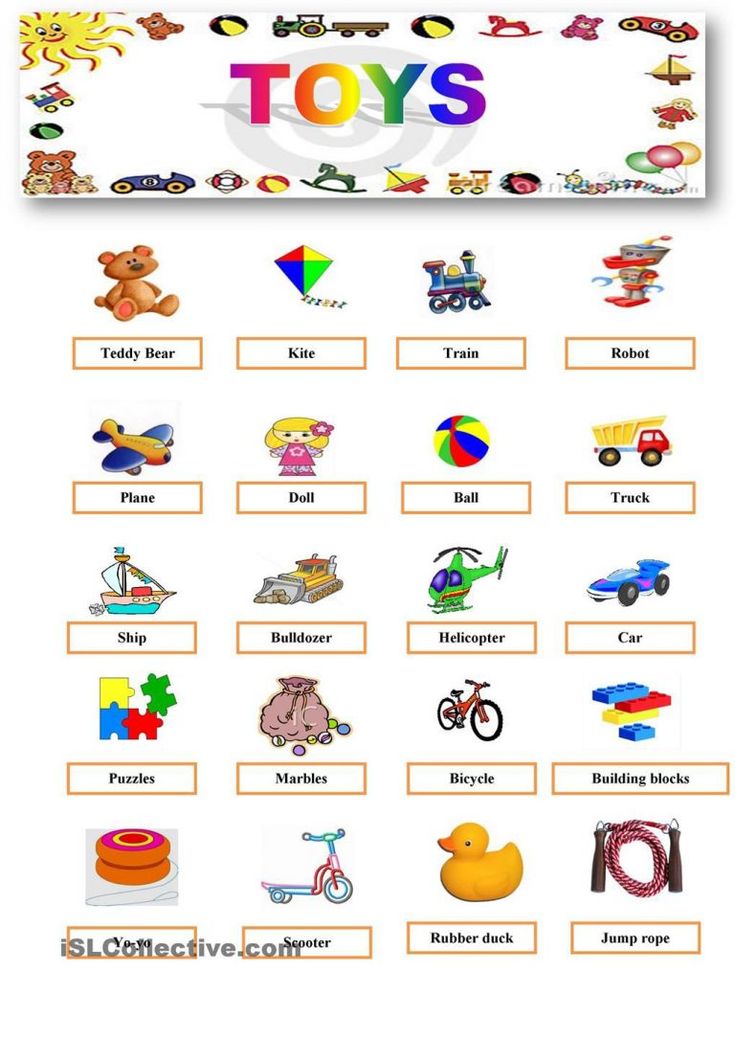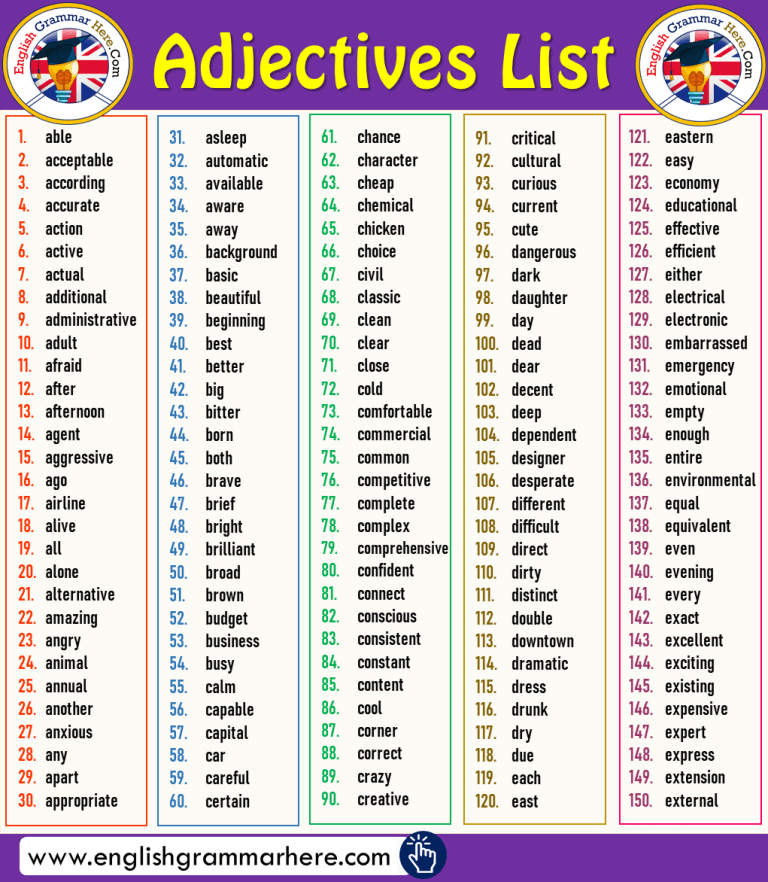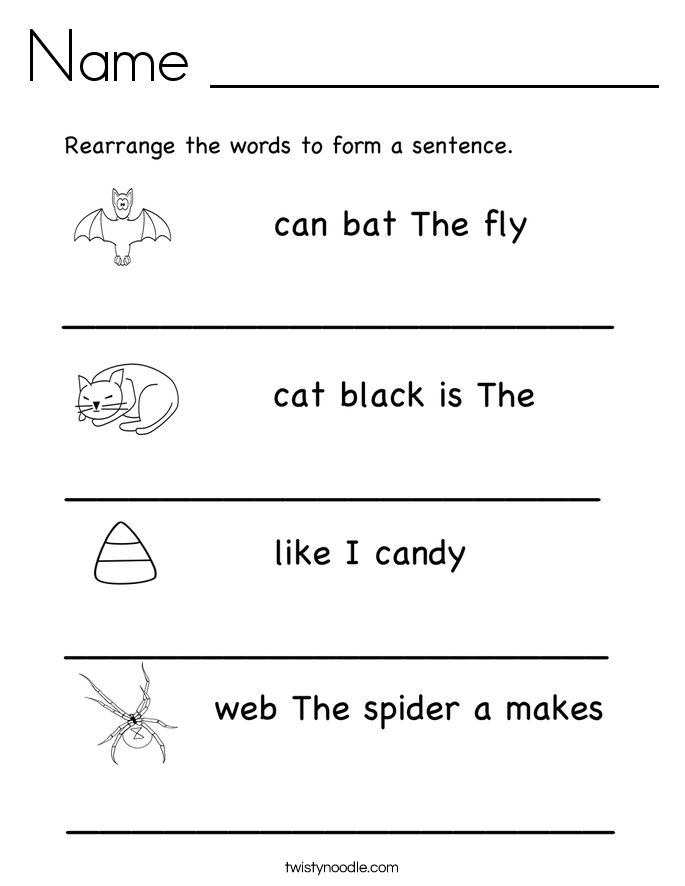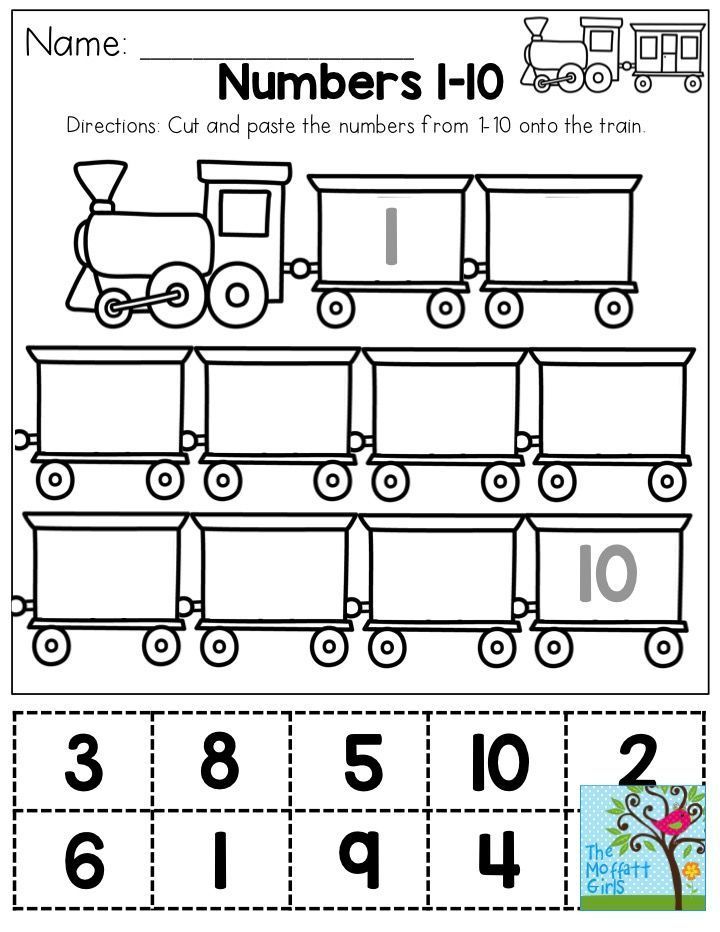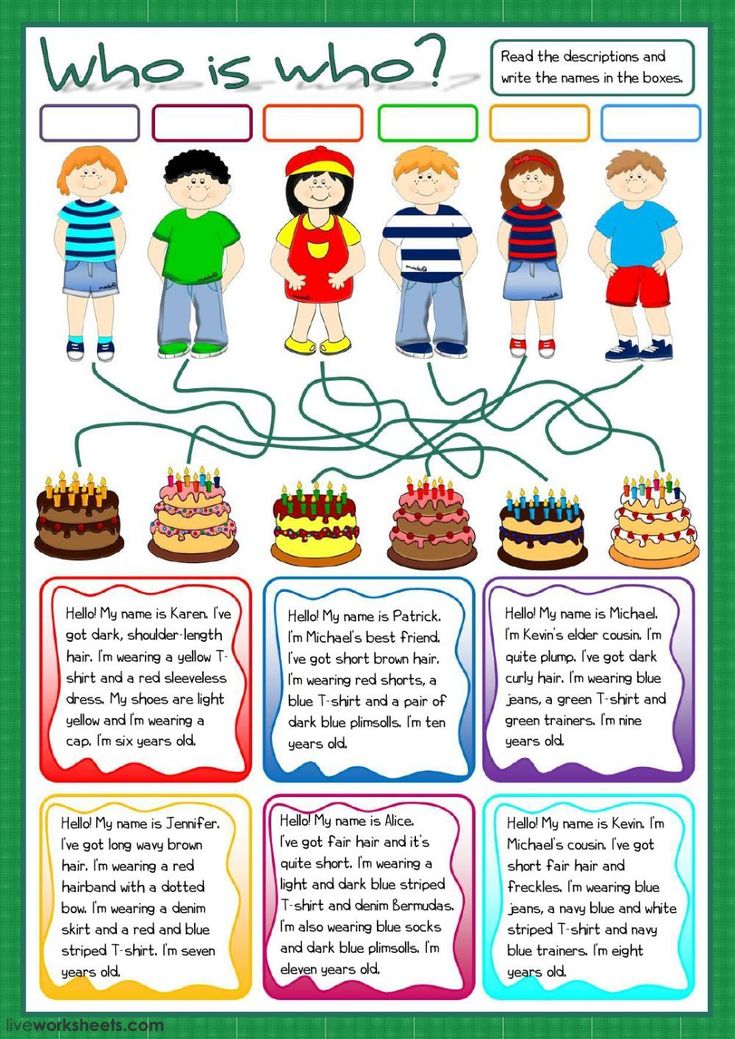Letters with circles around them
Unicode Bubble Text - ⓑⓤⓑⓑⓛⓔ 🅣🅔🅧🅣
- Home »
- Styles »
- Bubble Text
This tool generates text characters inside of circles or bubbles, with either dark or light backgrounds. These bubble characters can be used inside of Facebook or Twitter status updates, in emails, and elsewhere. You can use bubble text to indicate excitement, cause for celebration, or to denote something important.
Your Text
Bubble text
Black bubble text
Parenthesis
Big bubbles
Keycap bubbles
Preview Bubble text Black bubble text Parenthesis Big bubbles Keycap bubbles
See how these styles look on apps like Facebook, Twitter, SMS; and on Mac, Windows, iPhone and Android devices.
Bubble text top
sms / android / message
sms / ios / message
sms / ios / notification
facebook / android / fb
facebook / ios / fb
facebook / osx / chrome
facebook / osx / firefox
facebook / osx / safari
facebook / win / chrome
facebook / win / firefox
facebook / win / ie
twitter / android / tw
twitter / ios / tw
twitter / osx / chrome
twitter / osx / firefox
twitter / osx / safari
twitter / win / chrome
twitter / win / firefox
twitter / win / ie
Black bubble text top
sms / android / message
sms / ios / message
sms / ios / notification
facebook / android / fb
facebook / ios / fb
facebook / osx / chrome
facebook / osx / firefox
facebook / osx / safari
facebook / win / chrome
facebook / win / firefox
facebook / win / ie
twitter / android / tw
twitter / ios / tw
twitter / osx / chrome
twitter / osx / firefox
twitter / osx / safari
twitter / win / chrome
twitter / win / firefox
twitter / win / ie
Parenthesis top
sms / android / message
sms / ios / message
sms / ios / notification
facebook / android / fb
facebook / ios / fb
facebook / osx / chrome
facebook / osx / firefox
facebook / osx / safari
facebook / win / chrome
facebook / win / firefox
facebook / win / ie
twitter / android / tw
twitter / ios / tw
twitter / osx / chrome
twitter / osx / firefox
twitter / osx / safari
twitter / win / chrome
twitter / win / firefox
twitter / win / ie
Big bubbles top
sms / android / message
sms / ios / message
sms / ios / notification
facebook / android / fb
facebook / ios / fb
facebook / osx / chrome
facebook / osx / firefox
facebook / osx / safari
facebook / win / chrome
facebook / win / firefox
facebook / win / ie
twitter / android / tw
twitter / ios / tw
twitter / osx / chrome
twitter / osx / firefox
twitter / osx / safari
twitter / win / chrome
twitter / win / firefox
twitter / win / ie
Keycap bubbles top
sms / android / message
sms / ios / message
sms / ios / notification
facebook / android / fb
facebook / ios / fb
facebook / osx / chrome
facebook / osx / firefox
facebook / osx / safari
facebook / win / chrome
facebook / win / firefox
facebook / win / ie
twitter / android / tw
twitter / ios / tw
twitter / osx / chrome
twitter / osx / firefox
twitter / osx / safari
twitter / win / chrome
twitter / win / firefox
twitter / win / ie
Unicode Circled Numbers ① ② ③
By Xah Lee. Date: . Last updated: .
Show Char Info Font: symbol emoji
White Circled Number
⓪①②③④ ⑤⑥⑦⑧⑨⑩⑪⑫⑬⑭⑮⑯⑰⑱⑲⑳㉑㉒㉓㉔㉕㉖㉗㉘㉙㉚㉛㉜ ㉝㉞㉟㊱㊲㊳㊴㊵㊶㊷㊸㊹㊺㊻㊼㊽㊾㊿
These are specifically sans-serif:
🄋➀➁➂➃➄➅➆➇➈➉
Black Circled Number
⓿❶❷❸❹❺❻❼❽❾❿⓫⓬⓭⓮⓯⓰⓱⓲⓳⓴
These are specifically sans-serif:
🄌➊➋➌➍➎➏➐➑➒➓
On black square:
㉈㉉㉊㉋㉌㉍㉎㉏
Double Circled Number
⓵⓶⓷⓸⓹⓺⓻⓼⓽⓾
Number with Period
🄀⒈⒉⒊⒋⒌⒍⒎⒏⒐⒑⒒⒓⒔⒕⒖⒗⒘⒙⒚⒛
Parenthesized
⑴⑵⑶⑷⑸⑹⑺⑻⑼⑽⑾⑿⒀⒁⒂⒃⒄⒅⒆⒇
Chinese/Japanese/Korean Circled Number
㊀㊁㊂㊃㊄㊅㊆㊇㊈㊉
Parenthesized Letters
🄐🄑🄒🄓🄔🄕🄖🄗🄘🄙🄚🄛🄜🄝🄞🄟🄠🄡🄢🄣🄤🄥🄦🄧🄨🄩
⒜⒝⒞⒟⒠⒡⒢⒣⒤⒥⒦⒧⒨⒩⒪⒫⒬⒭⒮⒯⒰⒱⒲⒳⒴⒵
White Circled Letters
ⒶⒷⒸⒹⒺⒻⒼⒽⒾⒿⓀⓁⓂⓃⓄⓅⓆⓇⓈⓉⓊⓋⓌⓍⓎⓏ
ⓐⓑⓒⓓⓔⓕⓖⓗⓘⓙⓚⓛⓜⓝⓞⓟⓠⓡⓢⓣⓤⓥⓦⓧⓨⓩ
The Ⓜ also means Metro, a sign for subway.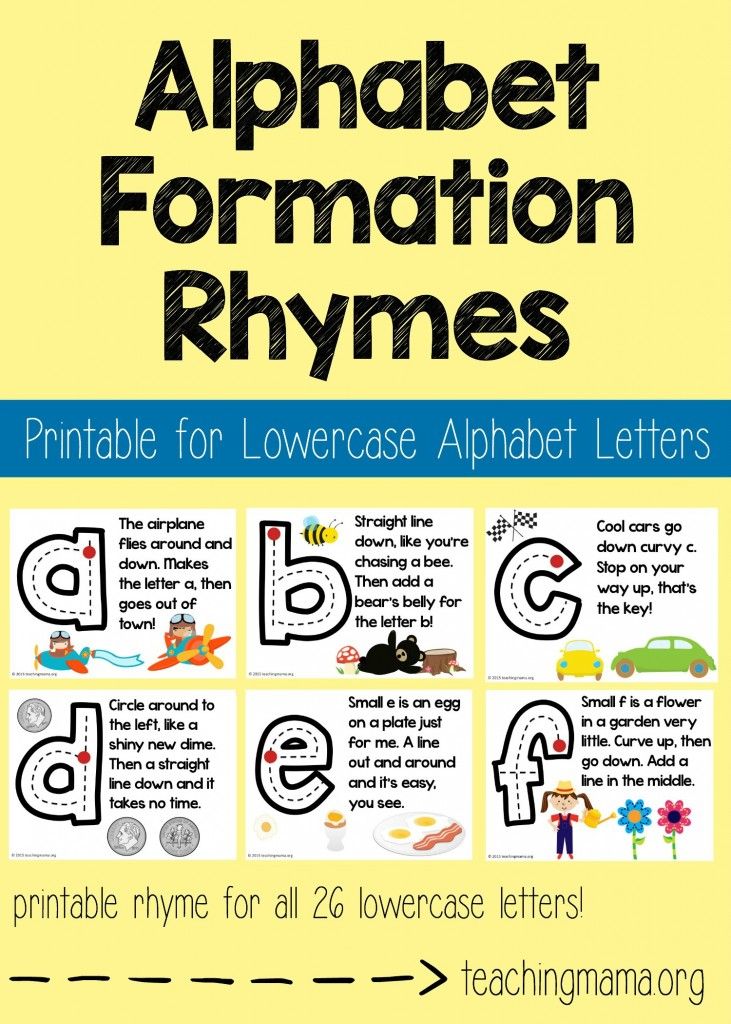
Black Circled Letters
🅐🅑🅒🅓🅔🅕🅖🅗🅘🅙🅚🅛🅜🅝🅞🅟🅠🅡🅢🅣🅤🅥🅦🅧🅨🅩
Unsorted Circled Characters
🄍🄎🅯🤀🤁🤂
Here is a screenshot of what they look like.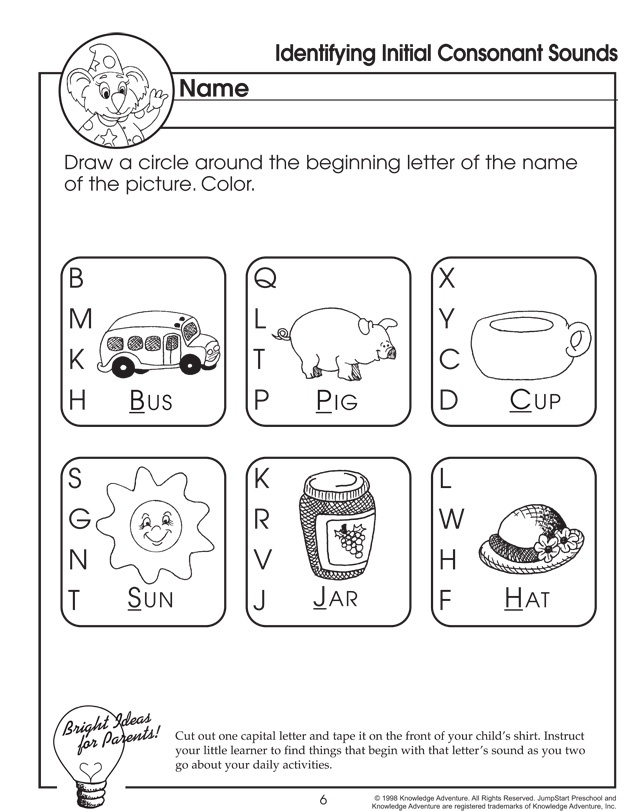 May be different in your browser.
May be different in your browser.
Unicode Punctuations and Misc Symbols
- Common Unicode Characters ✓ © § ❦
- Punctuations • ✓ ™
- Whitespace ⇄ ⇥ ↦ ▷ ␣ ¶ ⏎
- Slash/Solidus / ⫽ ⫻
- Reference Marks † ‡ ¶ § ☛ ⁂
- Typography Ornaments ☙ 🙐 🙚 🙠 🙪 🙶 🙷
- Circled Numbers ① ② ③
- Squared Characters 🄰
- Japanese Enclosed Chars ㉆
- Tacks, Turnstiles ⊣ ⊢ ⊥ ⊤ ⫪ ⫫ ⫢
- Unicode Symbols for ASCII Control Characters ␀
- Bank OCR ⑆
What is Lettering and how to learn it on the site kalachevaschool.ru
Lettering - what is it? In simple words, this is drawing letters.
Lettering is not about calligraphy (calligraphy is a separate topic altogether). The main difference is that in calligraphic work all the letters are exactly written - in the same font, in the same direction, with the same distance between them, with precisely adjusted proportions - beautifully and accurately.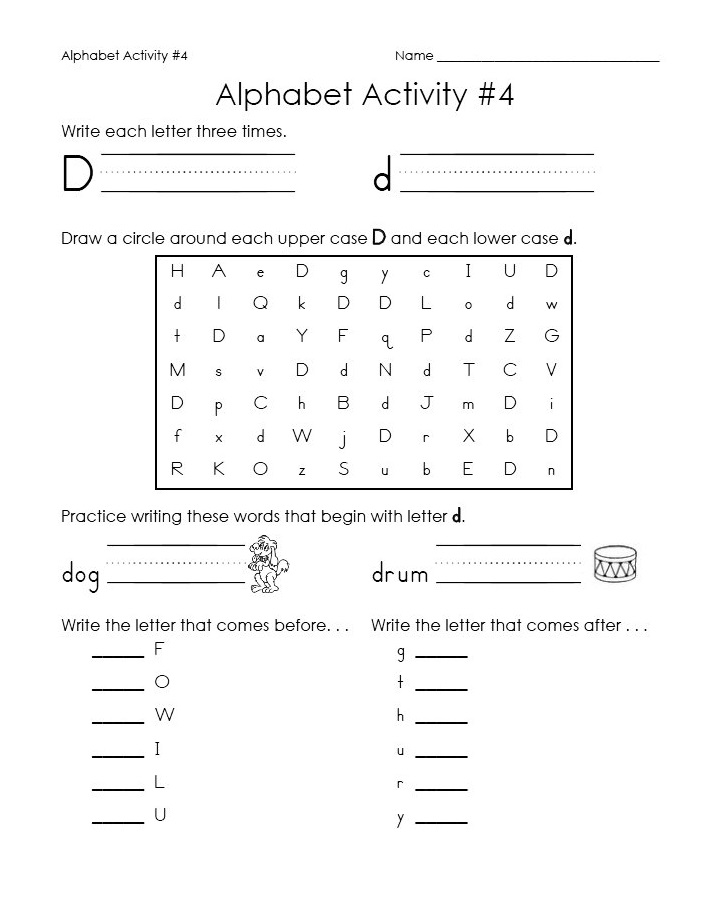
Calligraphic text should be well read, there is no place for creativity here - only cold calculation. Lettering allows you to go beyond the "boring" calligraphy and make each letter unique and unlike the others. This is an illustration in letters and words - complete freedom for creativity.
Don't ask yourself what lettering is drawn with - you can draw anything -
with brushpen and chalk, markers and paints, or in digital format.
Lettering suits almost any surface:
- paper,
- cardboard,
- glass,
- board,
- stones,
- clothing and interior items.
Drawing letters is now very popular - this technique is used by both designers and illustrators - for the design of posters, postcards, various invitations, creating logos, prints on clothes and much more.
How can you learn the art of lettering yourself?
First, let's go to the store and get:
soft simple pencil - B or 2B, soft eraser, ruler,
thick paper, for example, for sketching, or a special notepad for
lettering.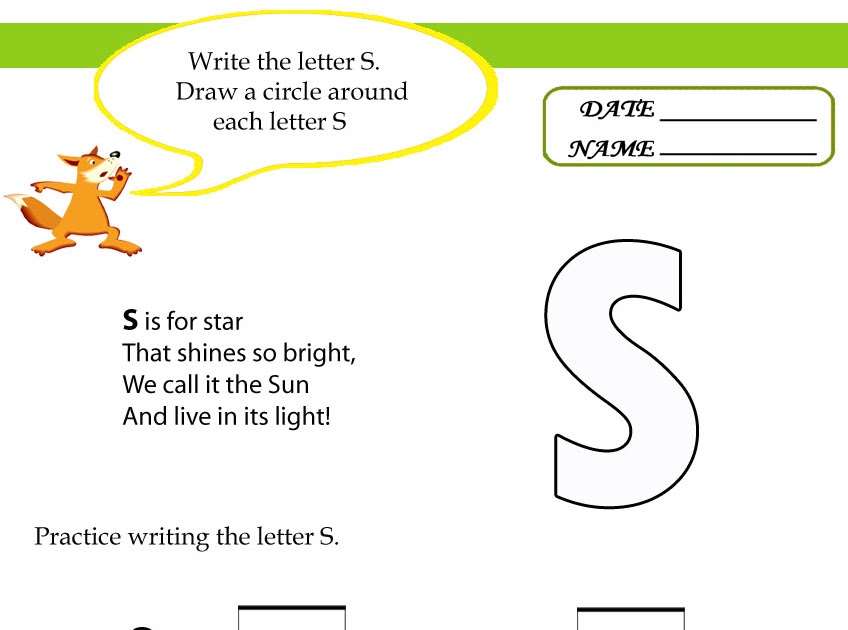 Yes, there are some! The pages in them are collected in three blocks: either
Yes, there are some! The pages in them are collected in three blocks: either
are lined like school notebooks, or covered with dots, or
are left blank, for more “advanced users”. A gel pen and ... ordinary children's prescriptions.
Recipes will help us refresh the entire anatomy of letters in our memory, and at the same time train our hand, because, you see, now we very rarely write by hand, more and more often typing text in electronic form. nine0007
Such training will help us to master the work with handwriting - script - based on our own handwriting. When using a handwritten font, calligraphy techniques can be used:
- when we draw the line down, we make a thickening;
- when we draw the line up, on the contrary, we draw it thinner;
- add strokes and curls.
The difference in line thickness is called font contrast.
The line on which the letters are located is called the base line. nine0003
Also in lettering, the techniques of classical fonts “antiqua” and “grotesque” are often used.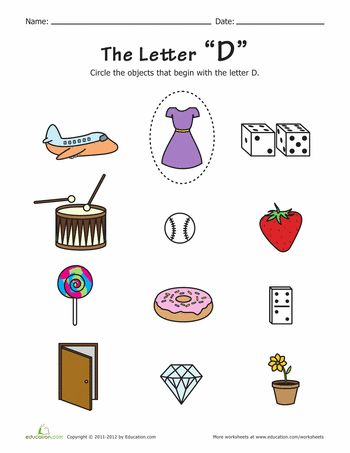
This is a class of so-called serif typefaces that originated during the Renaissance in Western Europe. In antiqua, horizontal lines are often thinner than vertical ones - this is a contrasting font.
Sans-serif font class. A rather simple, most often, non-contrasting font - the strokes that make up the letter are of the same thickness.
In order not to just draw the letters of the alphabet, try to depict the phrase “This phlegmatic camel is chewing a drying bitter rosehip at the entrance” in different fonts. nine0003
This phrase is a pangram, that is, it contains all the letters of the alphabet.
You can try to play with the composition - see how best to arrange the words relative to each other and relative to the borders of the sheet.
Any typographic font can be used as a basis.
One thread - all words are drawn like a thread, without beginning or end.
Ombre - the effect of a smooth transition of color from dark to light and vice versa.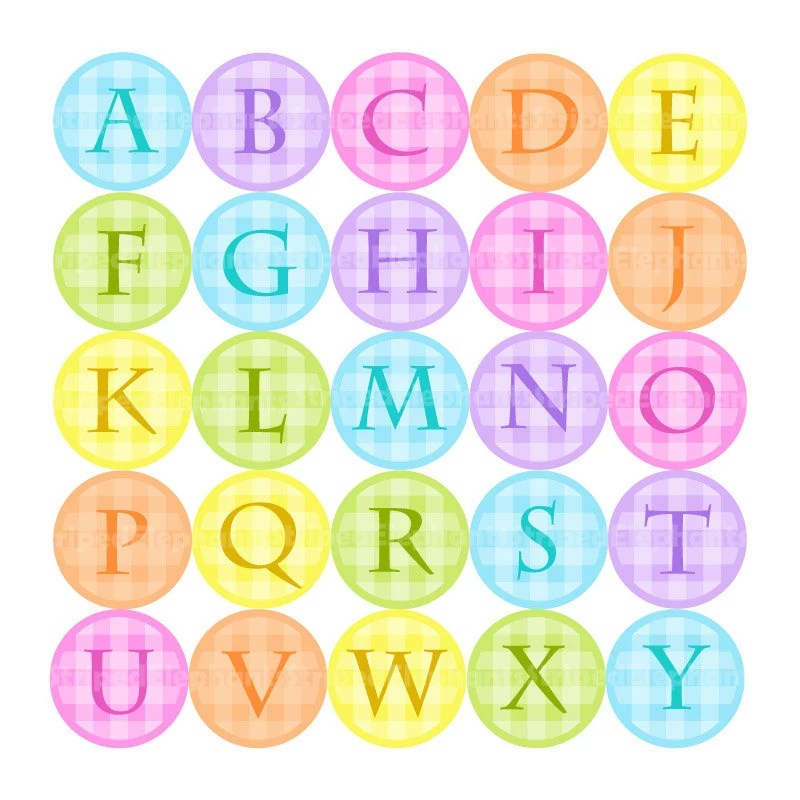
Adding additional elements - pictures, flags, curls, dots or frames, not only in the space between letters and around, but also on the letters themselves. nine0003
Adding volume to the letters - you can draw them in three dimensions, with the help of
knowledge of perspective. The conclusion of words in a conceived silhouette. This is the beauty of lettering - letters can be drawn as you like, stacking in the desired composition. In this case, you first need to draw a contour into which the words will be inscribed, and then draw the text, choosing the shape and direction of the letters.
Mixing styles is a great technique when in one phrase some words
are drawn, for example, in antiqua, some - in script, and some - in grotesque. nine0007 You can even alternate letter styles in one word!
You can draw words on the background image, or vice versa, you can bring the image to the fore, making lettering in the background.
Draw base lines on the sheet, first horizontal, then wavy.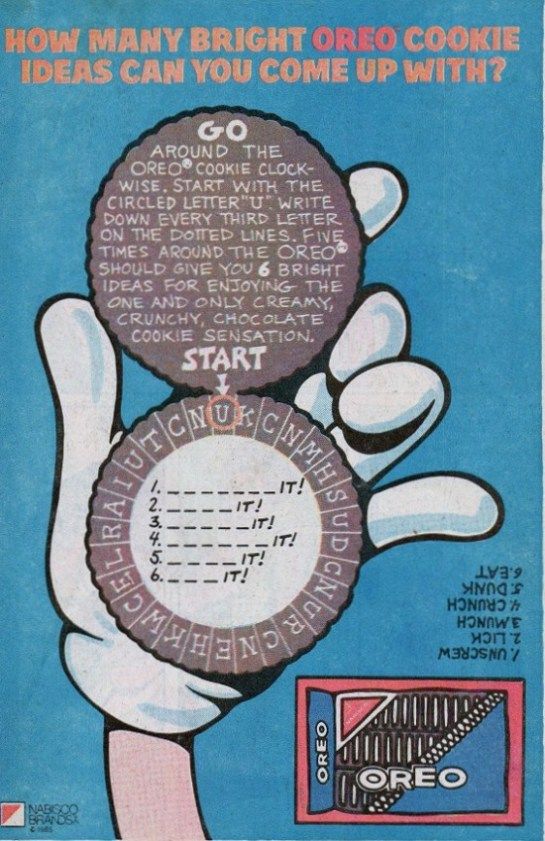 Enter text in them. For starters, you can do it without styling - just letters with regular lines.
Enter text in them. For starters, you can do it without styling - just letters with regular lines.
Now try slanted lines, decreasing the height of the letters, increasing them. It is important that in these options all vertical lines remain vertical - the angle of inclination changes only for horizontal strokes. nine0003
We complicate the task - try to enter the text in an oval or, for example, in a rhombus.
Remember that the more complex the task, the more carefully you need to think about the composition of the image.
You can now shape the letters, make the strokes thicker, for example, and add serifs or make the letters round. And again practice creating the words “in motion”, giving them direction. Try to twist the phrase in a spiral. The more training, the more beautiful and interesting the result will be.
In order not to rack your brains over what to write, you can use short poems, favorite quotes or just catchphrases for exercises. Any inscription made using the lettering technique becomes a work of graphic art.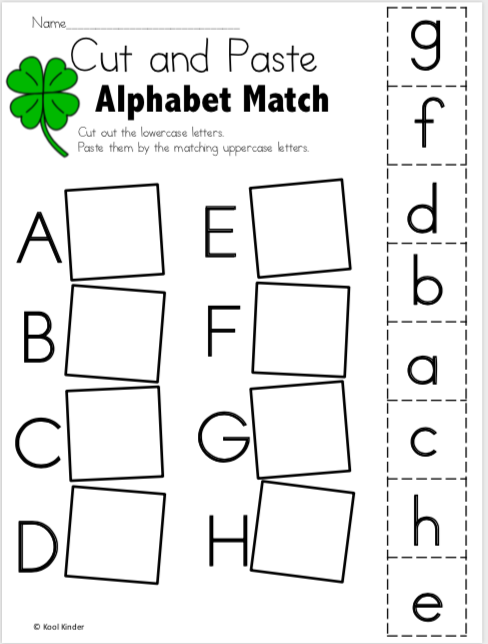 nine0003
nine0003
Having experimented a lot with lettering on paper, you can try to draw letters on three-dimensional objects, such as a mug. Here you need to pay more attention to the composition and emphasize the shape of the object. Sketch on paper first. To apply an image to an object, you will need chalk markers - they are resistant to rain and splashes, but can be easily washed off with a sponge if the drawing gets tired.
You can try to draw on a bottle of wine, for example, to give it to someone. Or you can donate part of the decoration of the room for creativity and try your hand at wall painting with lettering. nine0003
Lettering is a great hobby that can be turned into a source of income, because it is very popular now, especially in the field of marketing. The creation of logos, advertising inscriptions is always in demand.
Lettering makes it possible to fully reveal the creative potential of the author, because it has no restrictions and strict rules. Study the work of professional artists, notice the elements of lettering around, “stuff” your hand, try new things - all this will help you create your own style.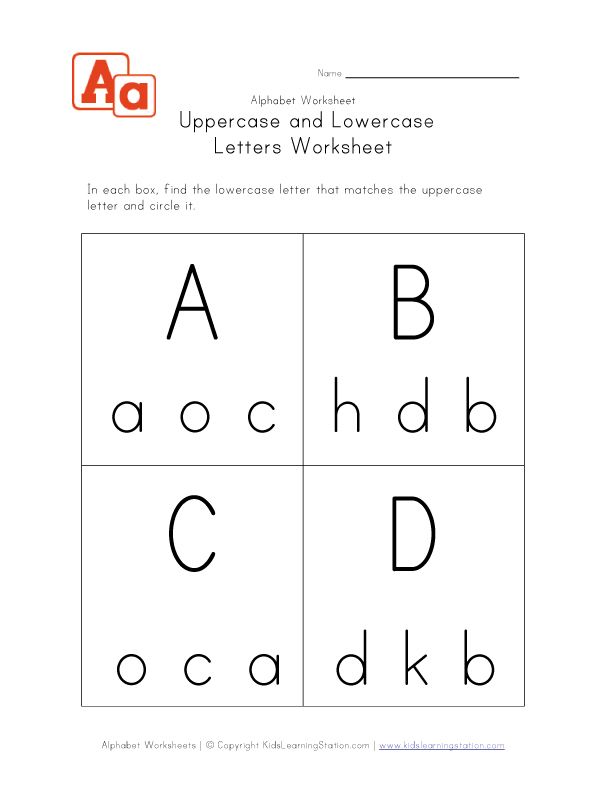
January 27 - February 26
January 27 - February 26
3 February - 5 March
Classes of prepositions in Russian
We will teach you how to write without errors and make interesting stories
Start learning
Prepositions may seem like one of the easiest parts of speech, but don't be fooled by the first impression. Some of them are tricky, because of which students make mistakes and lose good grades on tests. But don't be discouraged: we know how to deal with them. And after this article you will know. nine0003
Today we will figure out what prepositions are in Russian, what categories these parts of speech have and how to write them correctly - together or separately. Go!
What are prepositions and what are they like
Preposition is an auxiliary part of speech that expresses the syntactic dependence of some words on others in phrases and sentences.
Prepositions are placed before nouns, numerals and pronouns in different cases. At the same time, this part of speech is not used with words in the nominative case. Prepositions are divided into 3 categories: by origin, by composition and by meaning. Let's take a look at each of them. nine0003
Classes of prepositions by meaning
By meaning, the prepositions of the Russian language are divided into prepositions of time, place, reason, purpose, concession, object and mode of action. Consider them in a table with examples.
| Types of prepositions according to their meaning | ||
|---|---|---|
| View | Prepositions | Example |
| Time | In, to, before, on, through, after, during, in continuation, in conclusion | By noon, after lunch, during pm, during week, etc.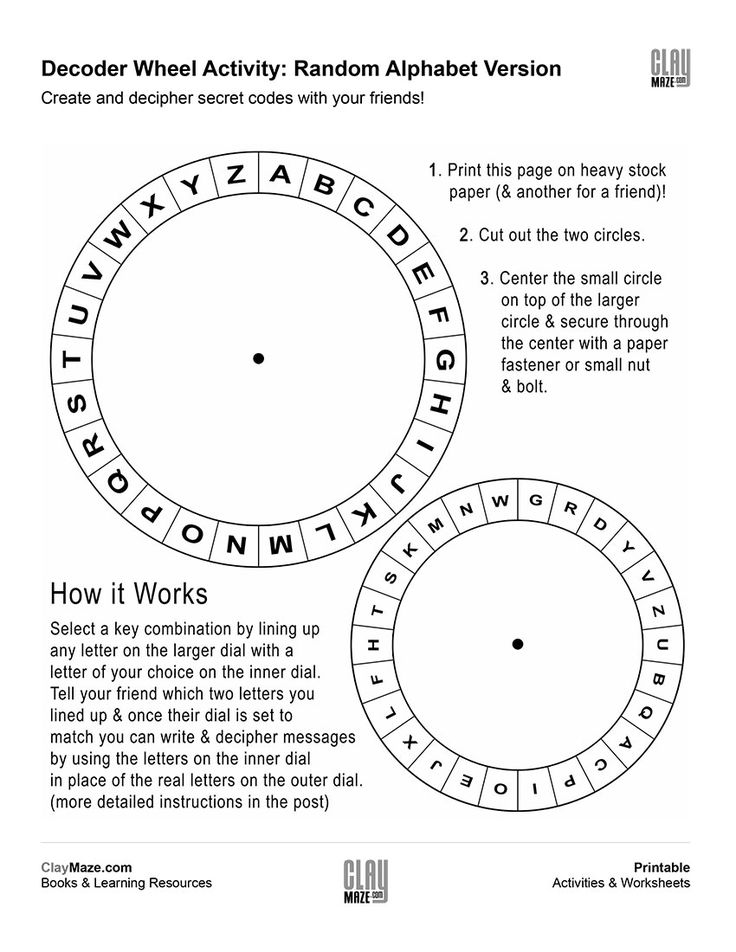 |
| Seats | In, before, due to, behind, to, over, under, in front of, at, through, near, past, about , etc. | In village, over mountains, over sea, through glade, near houses, etc. |
| Causes | Because of, from, by, for the sake of, thanks to, due to, in view of, due to | Due to fog, from fear, for honor, thanks to help, etc. |
| Targets | For, for, by, on, to, for the sake of, for the purpose of, for the purpose of | For colors, for conversation, for security purposes, etc. |
| Concessions | in spite of | Despite advice, despite persuasion, etc.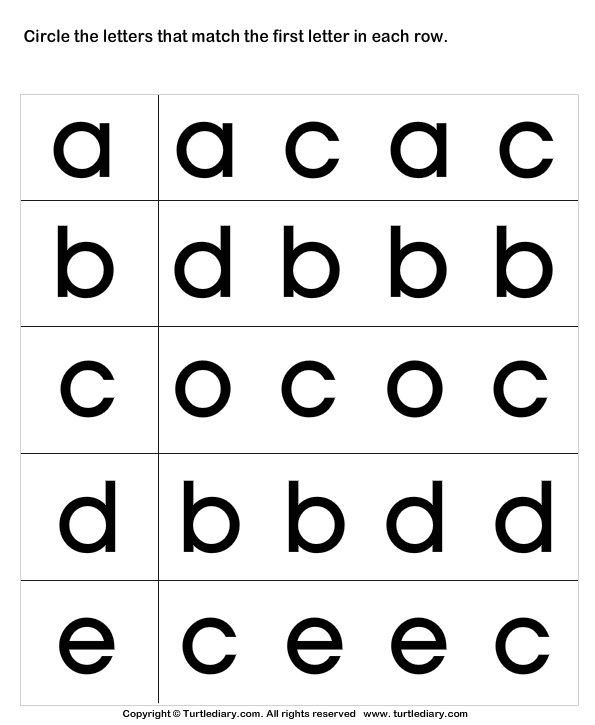 |
| Action object | oh oh oh oh oh about | About me, about farmstead, about field, about weather, about work |
| Comparisons | C, like, like, like | Animal like cats, bright like sun, etc. |
| Action | With, without etc. | With sadness, without embarrassment , etc. |
Test yourself
Read the word combinations below and determine which category of meaning the prepositions in them belong to.
Brought from distant countries, called for a conversation, the size of a sparrow, turned away with resentment, go to the well, meet after the ball.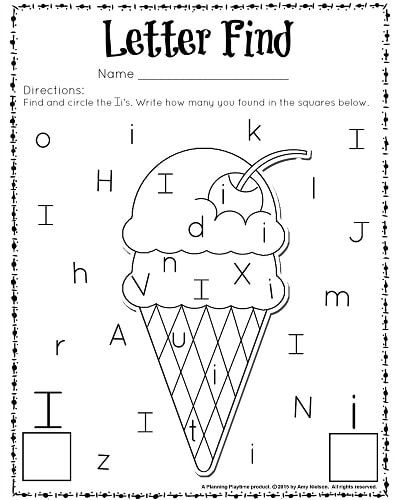 nine0159
nine0159
Types of prepositions by composition
By composition, prepositions are divided into simple, complex and compound.
Simple prepositions consist of one word: in, over, under, against , etc. - under , etc.
And the third type - compound - these are prepositions that consist of two or three words, but are written without a hyphen: during, at the expense of etc.
Test yourself
Read the word combinations below and determine what kind of composition the prepositions in them belong to.
He rose above the water, watched for a month, looked out from under the snow, disappeared into the dawn, a plant like a poppy, stopped near the gate.
Types of prepositions by origin
By origin, prepositions are usually divided into derivatives and non-derivatives.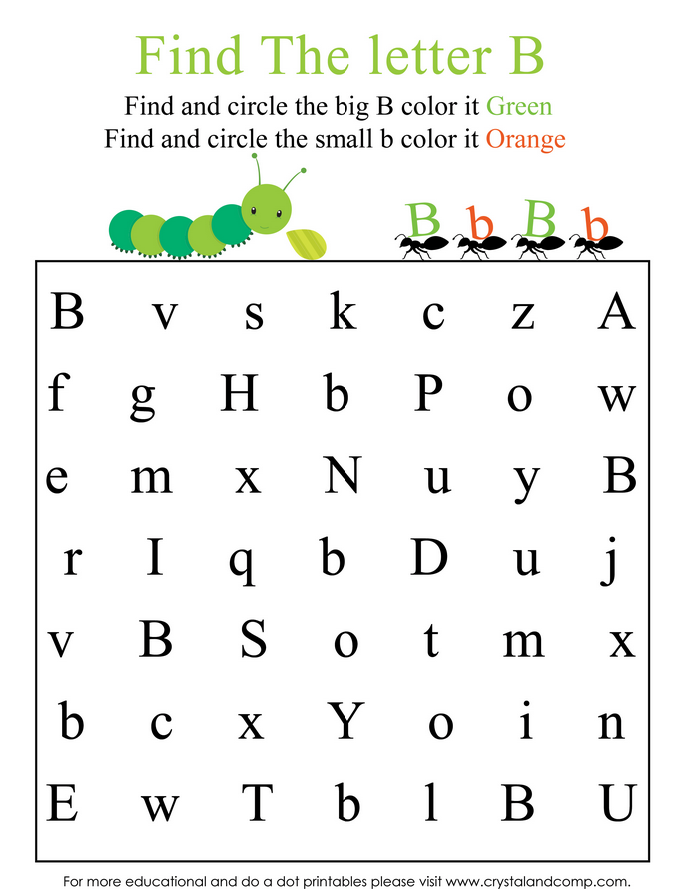
Derived prepositions are those prepositions that come from other parts of speech. nine0003
In total they have three subtypes: denominative, verbal and adverbial. The first were formed from nouns, the second from gerunds, and the third, as you might guess, from adverbs. Derived prepositions are unambiguous - each of them belongs to only one type in the classification by meaning.
The examples below show that the same words can be both prepositions and other parts of speech in different sentences. It is important to distinguish between them so as not to be mistaken in morphological analysis.
Non-derivative prepositions are prepositions that have not been formed from other parts of speech.
They have always been prepositions and are not like words in other parts of speech. Non-derivative prepositions are often polysemantic, that is, they can refer to two or more types by meaning.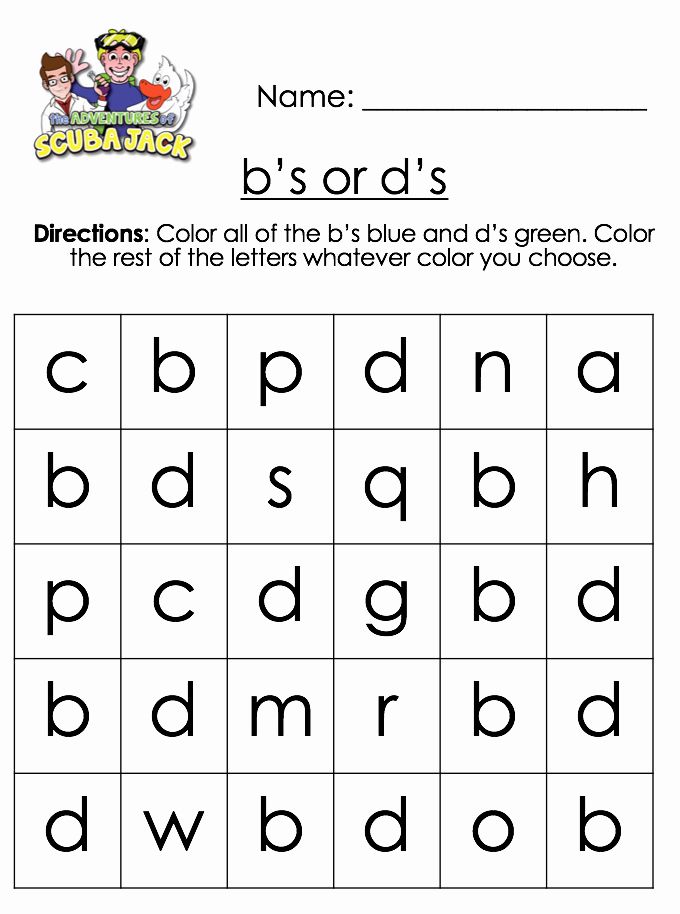
For convenience, we have collected everything you need to know about derivative and non-derivative prepositions in the table below. Save it and use it when you need it!
Check yourself
Read the word combinations below and determine what kind of origin the prepositions in them belong to.
In front of the house, about traveling, near the city, including residents, thanks to the advice, during autumn, around the pond.
Demo lesson in Russian
Take the test at the introductory lesson and find out what topics separate you from the "five" in Russian.
Continuous and separate writing of prepositions
And now let's talk in more detail about the very tricks of this part of speech, which we talked about at the beginning of the article. The fact is that some of the prepositions can be written together or separately. And if you do not know the peculiarities of their spelling, this can become a problem.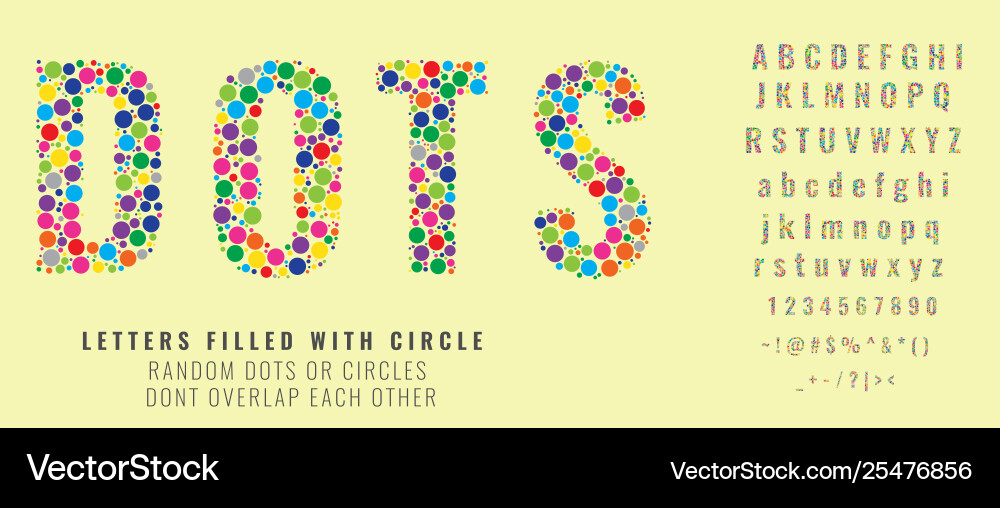 To figure out when prepositions should be written together, and when - separately in Russian, the table with a list of rules and examples below will help. nine0003
To figure out when prepositions should be written together, and when - separately in Russian, the table with a list of rules and examples below will help. nine0003
| How all prepositions are written in Russian | ||
|---|---|---|
| Kind of prepositions | How to write | Example |
| Plain | In a word | In dreams, over abyss, for protection |
| Complex | Through a hyphen | Due to snow, due to rain | nine0143
| Compounds derivatives | Slitno
|
|
| Separate In some cases, if the preposition is formed from a noun in the indirect case: . Please note: during work, but: arrived on time | As advances, in connection with flood, due to circumstances | |
Test yourself
Let's see if you understand well what prepositions are and what they serve. Below you will find tasks for self-examination on this topic. Go through them to see if the material is worth repeating.
Task 1
Read the phrases below, find prepositions in them and determine which categories they belong to in all three classifications: by meaning, by composition and by origin. nine0003
Above the snow, due to illness, about the weekend, under the table, because of joy, in spite of adversity, to the station, to rest, until tomorrow, to communicate, like a bird, without fatigue.
Task 2
Read the phrases below and identify which ones use prepositions and which ones use other parts of speech similar to prepositions.

